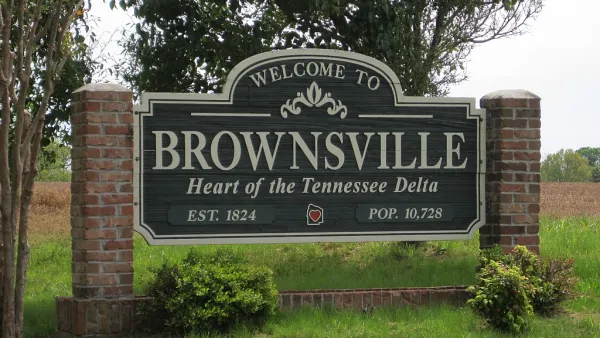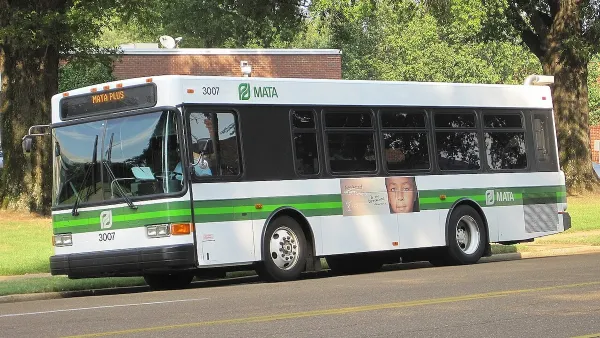Automobile industry subsidies are an inefficient way to support economic development. Even worse, policies intended to support automobile manufacturers and recover loans can be economically harmful.
Automobile industry subsidies are an inefficient way to support economic development. Even worse, policies intended to support automobile manufacturers and recover loans can be economically harmful.
Domestic vehicle manufactures were once leaders in profits, employment and innovation, but now have low profits and average wages, and depend on government subsidies. GM and Chrysler currently employ less than 0.1% of the U.S. workforce, and are contracting. Industry advocates exaggerate domestic vehicle manufacturer bankruptcy job losses by including all related employment. Without domestic manufactures Americans would continue to purchase, service and produce vehicles (many foreign manufactures have US factories), and many affected employees will find other jobs or are soon scheduled to retire. This is not to deny that auto company bankruptcies harm many employees and investors, but there is little reason to favor this industry over others with better futures.
Even worse, efforts to support domestic vehicle producers could distort public policies in economically, socially and environmentally harmful ways. Large, fuel inefficient vehicles are the U.S. manufactures most profitable products. If U.S. citizens and public officials consider themselves vehicle industry shareholders, they may favor policies that favor inefficient vehicles and encourage automobile ownership. This has already occurred: in December 2008 the federal government stopped proposed increases in vehicle fuel efficiency standards on grounds that they threaten domestic manufacturers' competitiveness and profitability. Even worse would be transport policies favoring automobile travel over more efficient alternatives to support the automobile industry.
A few months ago we commissioned analysis by a leading economics firm to model the number of jobs created by various types of expenditures (described in Smart Transportation Economic Stimulation: Infrastructure Investments That Support Strategic Planning Objectives Provide True Economic Development, at www.vtpi.org/econ_stim.pdf). This indicates that in 2006, each million dollars shifted from fuel expenditures to a typical bundle of consumer goods adds 4.5 jobs to the U.S. economy, and each million shifted from general motor vehicle expenditures (purchase of vehicles, servicing, insurance, etc.) adds about 3.6 jobs. Public transit expenditures create a particularly large number of jobs since it is labor intensive.
These impacts are likely to increase in the future as international oil prices rise, U.S. oil production declines, and petroleum and vehicle production become more automated. Although exact impacts are uncertain and impossible to predict with precision, between 2010 and 2020 a million dollars shifted from fuel to general consumer expenditures is likely to generate at least six jobs, and after 2020 at least eight jobs. This indicates that current planning decisions can support future economic development by encouraging transportation system diversity and efficiency, so consumers can reduce the amount they must spend on vehicles and fuel. For example, transport policies and investments that halve U.S. per capita fuel consumption would save consumers $300-500 billion annual dollars, provide comparable indirect economic benefits, and generate 3 to 5 million domestic jobs, far more than the number of jobs generated by current subsidies to domestic automobile manufactures.
For more information
Todd Litman (2006), "Changing Travel Demand: Implications for Transport Planning," ITE Journal, Vol. 76, No. 9, (www.ite.org), September, pp. 27-33; at www.vtpi.org/future.pdf.
Todd Litman (2009), Smart Transportation Economic Stimulation: Infrastructure Investments That Support Strategic Planning Objectives Provide True Economic Development, VTPI (www.vtpi.org); at www.vtpi.org/econ_stim.pdf.
Jeff Rubin and Meny Grauman (2009), "How Big Will the Post-Recession US Vehicle Market Be?" StrategEcon, CIBC World Markets Newsletter (http://research.cibcwm.com), 2 March 2009; at http://research.cibcwm.com/economic_public/download/feature1.pdf.

Analysis: Cybertruck Fatality Rate Far Exceeds That of Ford Pinto
The Tesla Cybertruck was recalled seven times last year.

National Parks Layoffs Will Cause Communities to Lose Billions
Thousands of essential park workers were laid off this week, just before the busy spring break season.

Retro-silient?: America’s First “Eco-burb,” The Woodlands Turns 50
A master-planned community north of Houston offers lessons on green infrastructure and resilient design, but falls short of its founder’s lofty affordability and walkability goals.

Test News Post 1
This is a summary

Analysis: Cybertruck Fatality Rate Far Exceeds That of Ford Pinto
The Tesla Cybertruck was recalled seven times last year.

Test News Headline 46
Test for the image on the front page.
Urban Design for Planners 1: Software Tools
This six-course series explores essential urban design concepts using open source software and equips planners with the tools they need to participate fully in the urban design process.
Planning for Universal Design
Learn the tools for implementing Universal Design in planning regulations.
EMC Planning Group, Inc.
Planetizen
Planetizen
Mpact (formerly Rail~Volution)
Great Falls Development Authority, Inc.
HUDs Office of Policy Development and Research
NYU Wagner Graduate School of Public Service





























